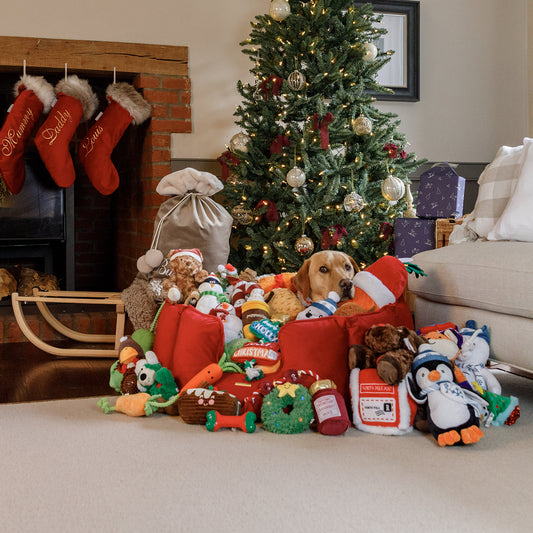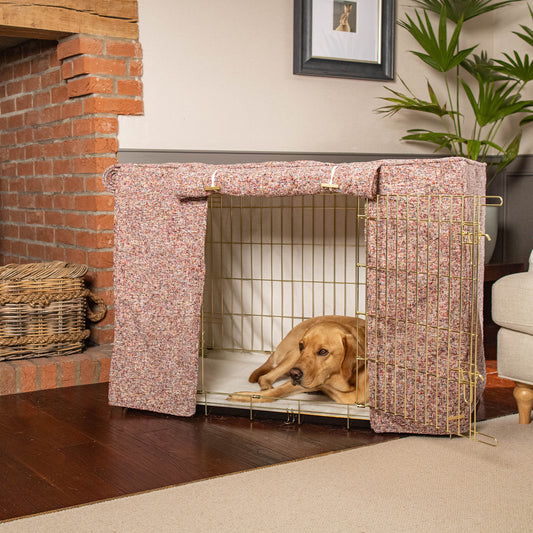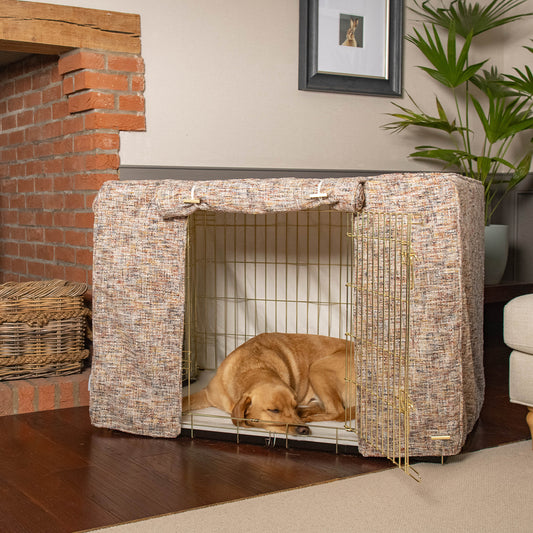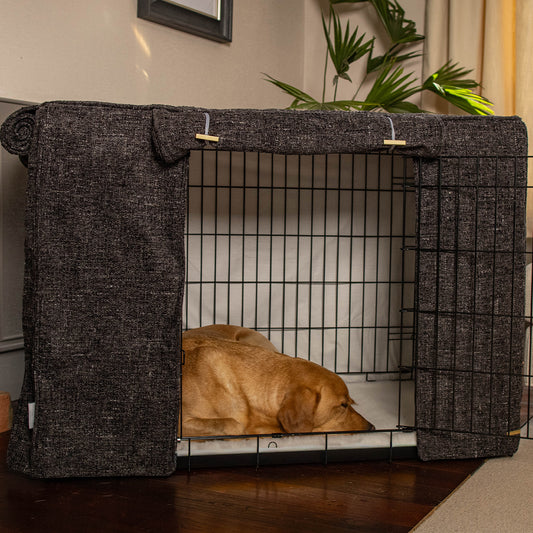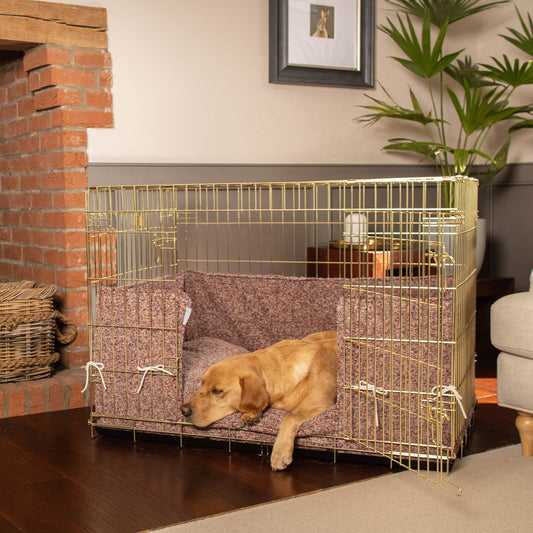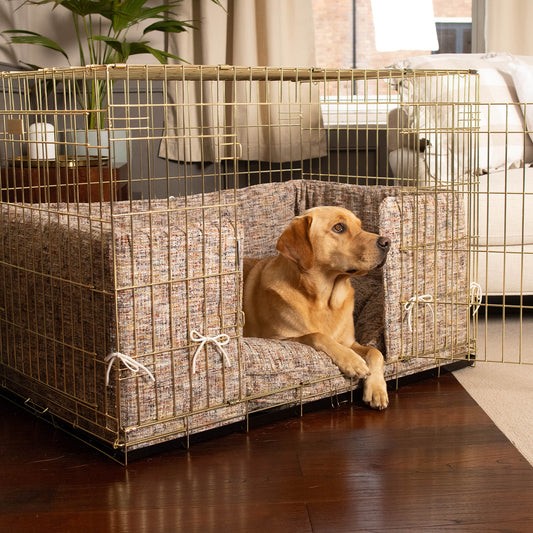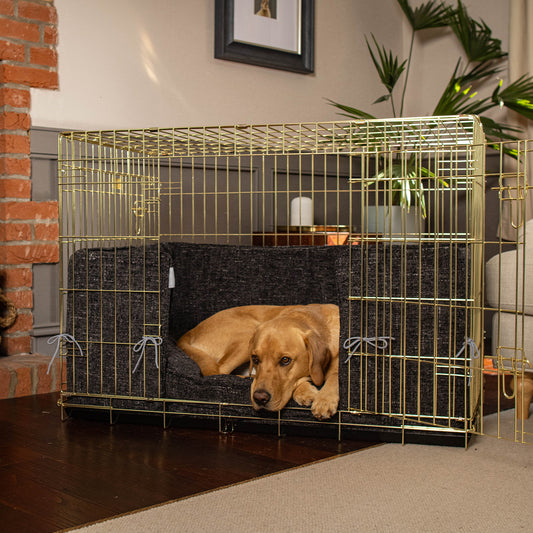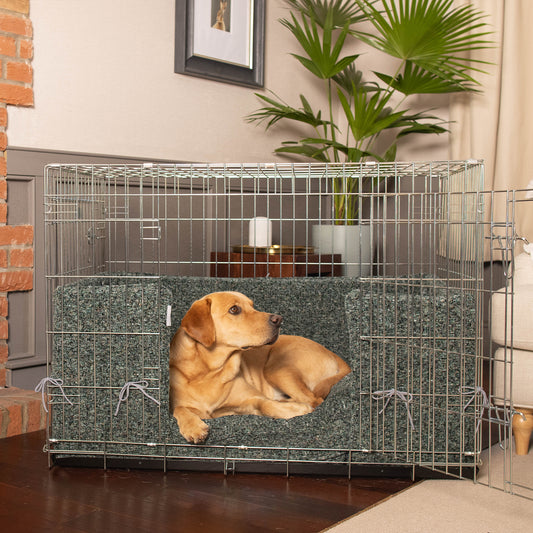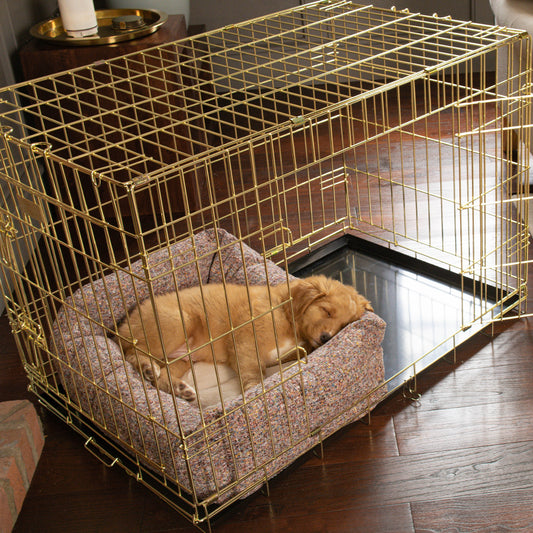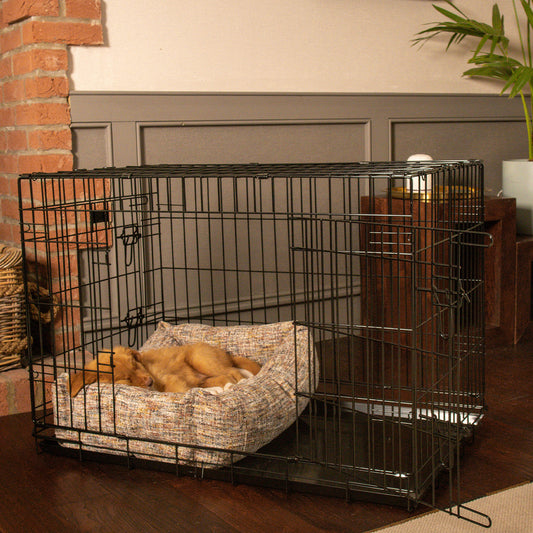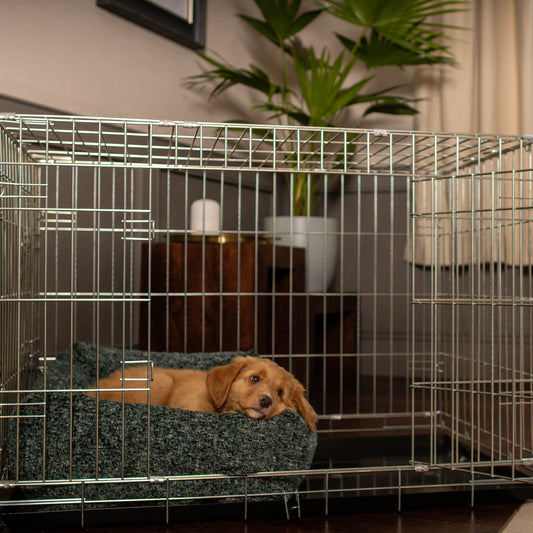When your loyal companion begins to show signs of arthritis, their comfort becomes more crucial than ever. Arthritis in dogs, much like in us humans, can severely impact their quality of life, leading to pain and reduced mobility. However, the right orthopaedic dog bed can provide immense relief, improving your pet’s sleep quality and overall well-being. We explore the best orthopaedic dog beds specifically designed for dogs suffering from arthritis, focusing on features like optimal hip support and comfort.
Understanding Arthritis in Dogs
Before we dive into the specifics of orthopaedic dog beds, and how they can benefit your pooch, it’s essential to understand what arthritis is and how it affects our dogs. Arthritis is a degenerative condition resulting in inflammation of the joints, causing pain and limiting mobility. While it predominantly affects older dogs, younger pups are not immune, especially if they have sustained injuries or are genetically predisposed to joint issues.
Symptoms of Arthritis in Dogs
- Difficulty standing up or lying down
- Reluctance to jump or climb stairs
- Noticeable discomfort during walks
- Stiffness, especially after resting
- Audible pain when moving
If you are worried about your dog having arthritis, do contact your vet for advice.
Why Choose an Orthopaedic Dog Bed?
Orthopaedic dog beds are designed to provide enhanced support and minimise pressure on your dogs joints, making them ideal for dogs with arthritis. These beds are typically made from high-density memory foam that contours to your dog's body, supporting their spine and joints effectively.
Benefits of Orthopaedic Dog Beds
- Reduced Joint Pain: High-quality memory foam helps distribute weight evenly, reducing pressure on sore joints.
- Improved Circulation: Adequate support promotes better blood circulation, which is essential for healing and health.
- Enhanced Comfort: Our orthopaedic beds feature softer, more adaptable surfaces that increase comfort during sleep.
Top Features to Look For in Orthopaedic Dog Beds
When selecting an orthopaedic dog bed for your pooch who suffers with arthritis, several key features should be considered to ensure maximum comfort and support:
High-Density Memory Foam
Choose a bed that offers a thick layer of high-density memory foam. This foam not only adapts to your dog’s body contours but also maintains its shape over time, providing ongoing support.
Hip Support
For dogs with arthritis, particularly in the hip joints, additional hip support can be crucial. Look for beds that offer extra cushioning in this area or have an ergonomic design that helps cradle the hips and relieve pressure points.
Durable and Washable Cover
Arthritic dogs may have accidents more frequently, so a removable, machine-washable cover is essential for maintaining hygiene. Additionally, the material should be durable to withstand frequent washing.
Adequate Size and Accessibility
Ensure the bed is large enough for your dog to stretch out comfortably without any part of their body resting on the hard floor. Also, consider a low-profile design for easy access.

Recommended Orthopaedic Dog Beds for Arthritic Dogs
Our owner and founder, Johanna, who has many years experience raising dogs with health issues such as arthritis, really recommends orthopaedic dog beds that meet these criteria and are known for their quality and effectiveness in providing joint relief:
Essentials Twill Orthopaedic Mattress
This bed features a thick foam mattress and plush fur top, to provide extra comfort for your furry friend, especially those with joint problems or older dogs. Plus, the stylish colours they're available in will match any interior perfectly. It also features a convenient carry handle and it's machine washable cover make it easily portable and easy to maintain.
Execu-Sofa by Lords & Labradors
Ideal for dogs who love to stretch out and curl up propping up their heads, it's an ultra-luxurious pet bed that exudes sophistication and style. Offering your pup the ultimate in sleep comfort, it features a squishy foam inner with removable arms, allowing you to personalise the bed to suit your loyal companion's sleep preferences. Its removable cover ensures easy cleaning, while the multitude of restful headrests provide a plush haven for your beloved pet. Available in two elegant shades, the Execu-Sofa is the pinnacle of canine luxury.
Scruffs ArmourDillo Orthopaedic Dog Bed
Meet ArmourDillo, the tough-as-nails dog bed that says "no" to chewing and scratching. Your dog may find it difficult to get comfortable with sore joints, but with a dense foam core and an orthopaedic memory foam topper, it's the perfect combination of comfort and support. Your pup can lounge, roll, and stretch in total luxury – no scrounging needed! The thick, supportive memory foam base helps relieve pressure on sore joints.
Choosing the right orthopaedic dog bed can significantly improve the quality of life for a dog suffering from arthritis. By providing a comfortable, supportive place to rest, you can help ease the pain associated with arthritic joints and improve your pet’s overall mobility and mood. Always consider your dog’s specific needs, such as the severity of arthritis and their preferred sleeping style, when selecting a bed. With the right bed, your dog can enjoy a more comfortable and joyful life despite their condition!
By investing in an orthopaedic dog bed, you are providing your furry friend with the comfort they deserve in their golden years or during times of need. Remember, the right bed can make a world of difference to a dog dealing with the challenges of arthritis.






















































.jpg?v=1720013867762&options=)

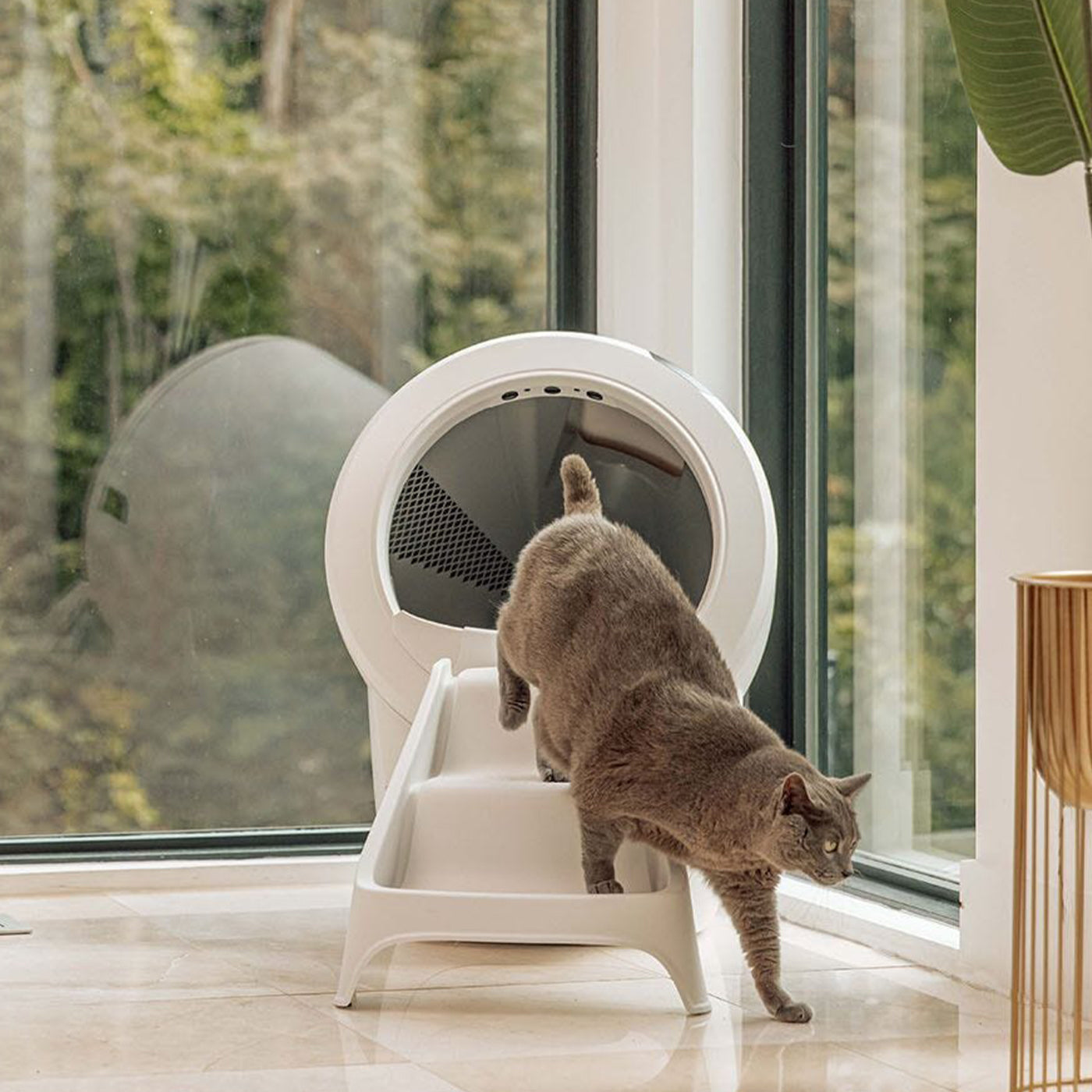

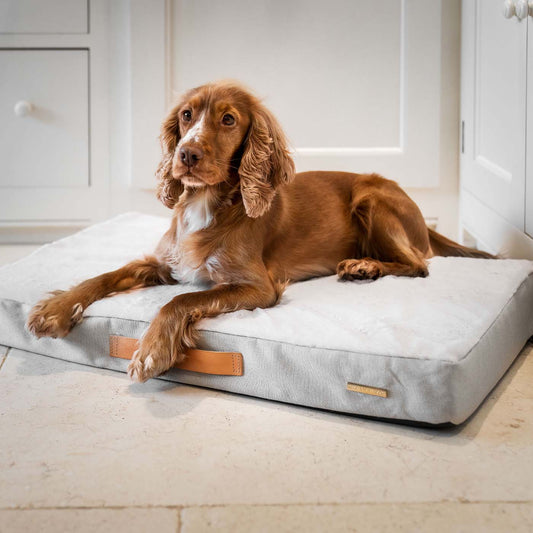
![Le Chameau vert cushion bed lifestyle [color:vert]](http://www.lordsandlabradors.co.uk/cdn/shop/products/le-chameau-bleau-cushion-bed-lifestyle.jpg?v=1633084812&width=533)








